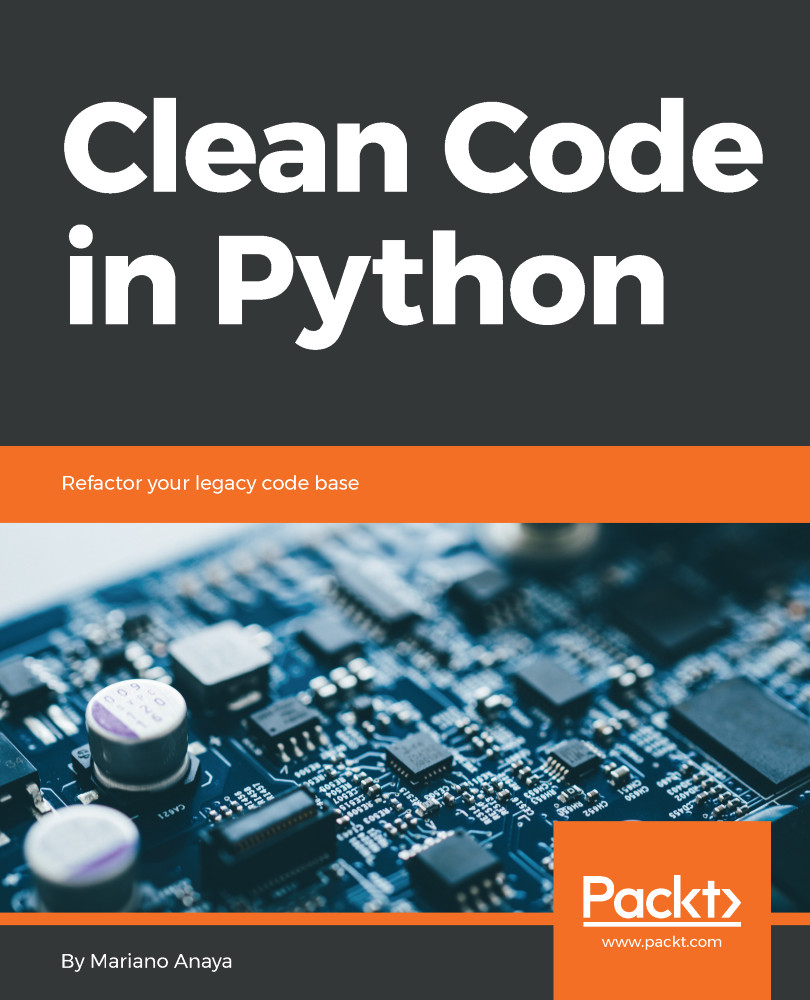Refactoring is a critical activity in software maintenance, yet something that can't be done (at least correctly) without having unit tests. Every now and then, we need to support a new feature or use our software in unintended ways. We need to realize that the only way to accommodate such requirements is by first refactoring our code, make it more generic. Only then can we move forward.
Typically, when refactoring our code, we want to improve its structure and make it better, sometimes more generic, more readable, or more flexible. The challenge is to achieve these goals while at the same time preserving the exact same functionality it had prior to the modifications that were made. This means that, in the eyes of the clients of those components we're refactoring, it might as well be the case that nothing had happened at all.
This constraint of having to...


